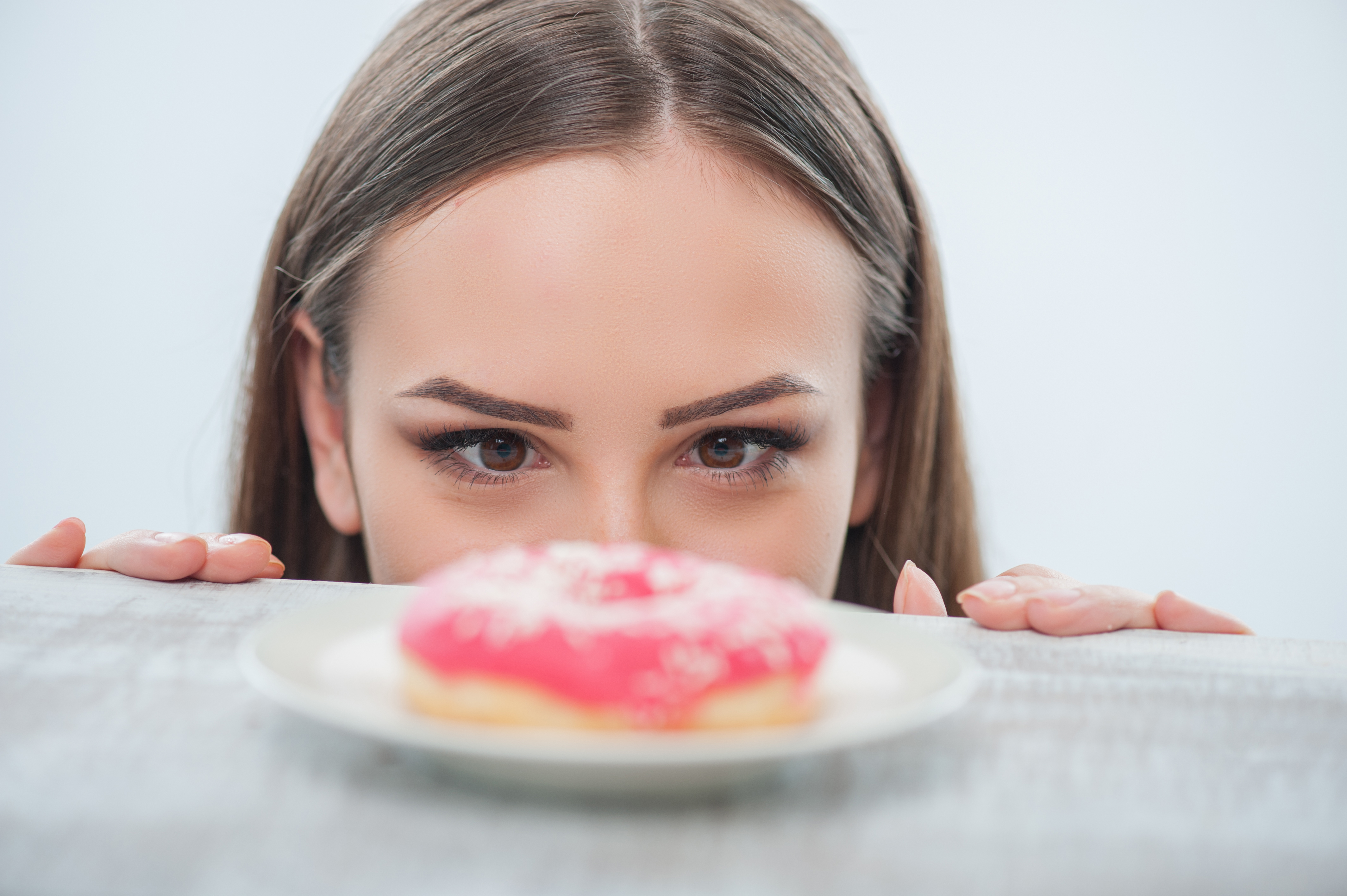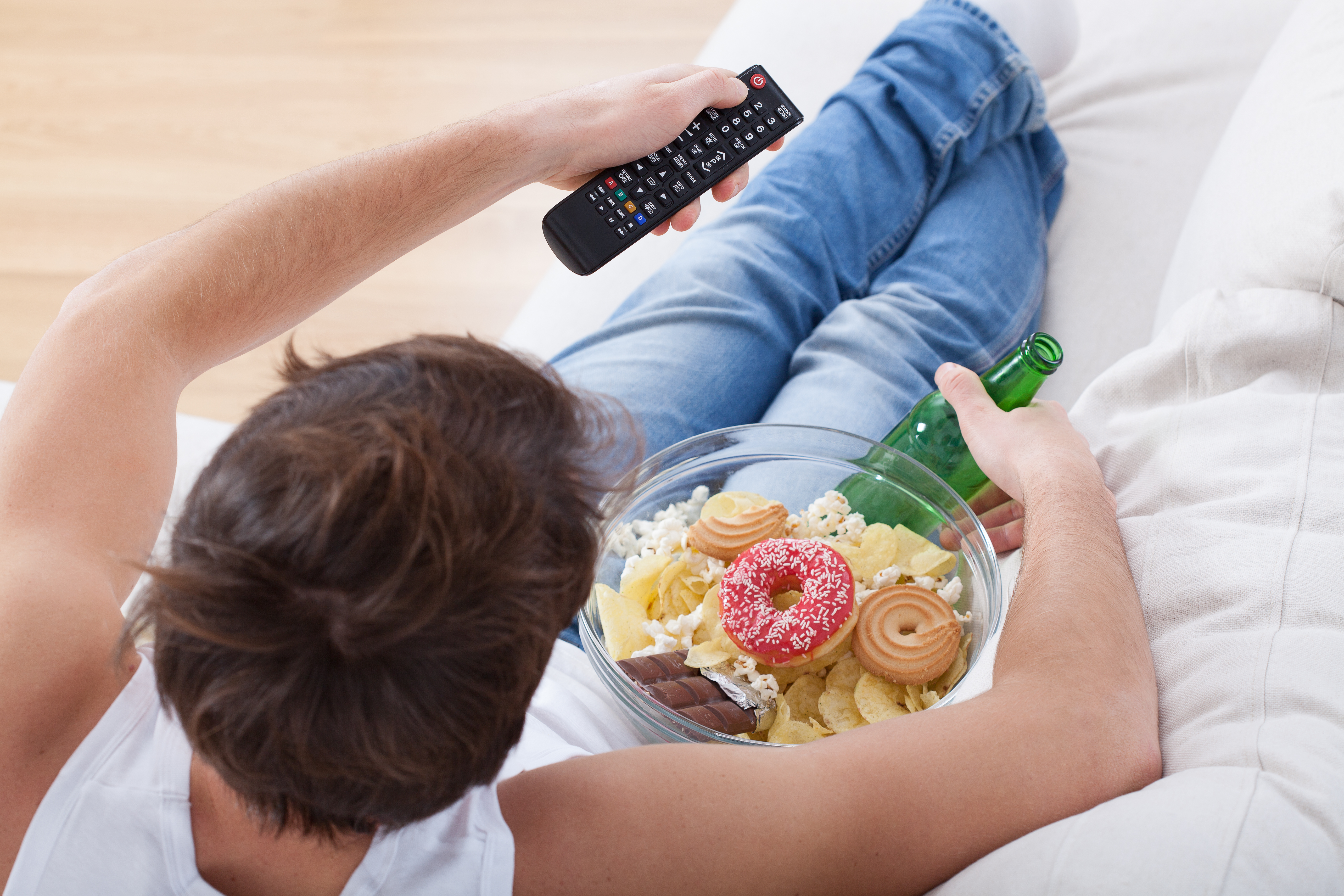I recently heard a podcaster offer some free advice to listeners: Every couple of days, go try on your favorite pair of jeans. The sweatpants and pajamas most of us have made into our home uniforms (there is no away these days) conceal the ways our bodies might be changing under the coronavirus lockdown...but jeans, well, they tell the truth.
The truth jeans tell is one many people are starting to recognize, that our eating habits have shifted under lockdown. Indeed, TrendSource’s recent CPG market research survey found that 39.2% of respondents have consumed more unhealthy food since the lockdowns began. For those that have increased their unhealthy intake, the food categories seeing the largest bump include chips (74.8%), desserts (65.2%), candy (52.3%), and sugary sodas (39.8%). That’s an enormous portion of the population eating a whole bunch of chips.
Today, we are going to look at the ways in which COVID-19 lockdowns have altered people’s relationships with CPG products, the reasons for the increase in unhealthy eating, and the likelihood that this national binge will be short-lived. And we will do so while pretending the jeans in our closet do not exist.
CPG Market Research, Unhealthy Eating, and an Olympic Adonis
Some qualifiers before we begin. First, in any conversation about eating, health, and weight gain, it is important to acknowledge there is mounting evidence that our understanding of the relationship between obesity, health, diet, and nutrition has been misguided and counterproductive. Here, we are not pathologizing people’s dietary habits and we are not assuming that weight gain is, in of itself, problematic. From where we stand, all shapes and sizes are valid, real, and beautiful.
But, second, we should not be obtuse and ignore the ways in which physical fitness fits into our governing cultural beauty standard. As unfair and unsound as it may be, our society’s beauty standard is what it is, and people have long derived pleasure from fitting into it and pain when they do not. When we discuss the struggles of unhealthy eating, it is with these caveats in mind.
Any cursory glance of the blogosphere, Twitterverse, or many of our own social media feeds will tell you that a lot of people are finding it difficult to lay off the Lay’s under lockdown. And it’s not just the mere mortals who are struggling. Twenty-three-year-old Olympic favorite Caeleb Dressel will have to wait to swim in the next Summer Olympics since Tokyo 2020 has been postponed, and while he does, it seems he is having some difficulty maintaining his strict Olympian diet.

He can’t stay away from the sweets, he recently told CNN, and while cheating here and there was fine when he was burning upwards of 10,000 calories a day swimming, this is no longer the case. If this all-American Adonis, whose job is to be in the best physical shape possible, is indulging in junk food, well, it’s safe to say that it’s a pretty common concern.
As with alcohol, when we talk about junk food consumption, there are genuine health concerns that need to be considered. We will not belabor the point--we all have an idea about what foods are good for us and which ones are not--but, as GQ so succinctly put it, our quarantine diets “wreak havoc on our bodies.” From spiking blood sugar levels to increased cholesterol and blood pressure, the foods that offer us comfort bring our bodies little succor...and a whole lot of sucrose.
So why the increase in unhealthy eating? Why, as the CEO of a snackfood company recently observed, is it that “all the sudden no one’s gluten-free, no one’s keto?” It’s not that the pandemic suddenly gave junk food an appeal it previously lacked. The temptation has always been there, but this pandemic has led many more people to indulge it. These are not trivial questions but rather ones that help manufacturers understand the current surge and how to market around it.
Why Are Consumers Eating Unhealthy Foods During Lockdown?
So, where did everybody’s diets go? There are a whole host of forces at play here, the simplest of which is a disruption in eating patterns. Indeed, people have developed what one publication calls “grazing patterns” as part of their unstructured daily routine at home under lockdown. Whereas mealtimes had been structured for many people (breakfast before you leave for work, lunch at your lunch break, dinner when you get home), this is no longer the case. Without the regimented eating routine our social and professional lives mandated, consumers are eating whenever they want, moving into a near constant state of snacking.

TrendSource’s recent market research confirms this grazing pattern among our respondents. Indeed, while 44% of respondents indicate they have increased the amount of times they eat per day, only 24.2% have increased the amount of food they eat at each meal. This means that mealtime portions are not increasing among our respondents--they get the same two-piece and a biscuit for dinner--but rather that the amount of times they eat throughout the day has increased. This is what grazing looks like--you eat more, not because your portions increase but because, well, you eat a lot more often.
Also, some people’s diets went out the window with their vanity. As your humble blogger previously confided, my man and I fail to see how our summer beach bodies can be at all useful during a lockdown; without this vain goal, our willpower is as fried as the frozen chicken nuggets we have been shoveling into our mouths, which incidentally is our main arm workout these days. For people who ate healthy not because it made them healthier but because they felt it made them more attractive to other people (which is sad but also true), the incentive is gone.
Similarly, there is the “end of the world” principle that leads people to say something along the lines of “to hell with the consequences!” This is a similar impulse to the one leading people to drink more alcohol under lockdown. For unhealthy foods, the consequences can be related to health, self-esteem, or both--whatever kept people from eating an entire family-size lasagna in their normal lives now seem far less significant in the face of catastrophe.
And then there are the more scientific explanations for the actual changes in our brain chemistry these foods may provide, offering our brains pleasure stimuli. This thinking casts food in a similar light as narcotics, gambling, and other behaviors that trigger specific neural responses. We are not scientists, obviously, but if you want to read about serotonin, proteins, and carbohydrates, head here.
Regardless of brain chemistry, people have been eating more junk food to break their boredom, to distract themselves from their worries, to feel some pleasure when everything else has been so painful, or just because. Either way, manufacturers are happy to oblige.
Indeed, snack food producers have long understood and strategized around our bodies’ cognitive responses to different food textures and compositions.
For example, it is no accident that consumers find snack foods’ crispy crunchiness so supremely satisfying. In fact, there’s an entire industry devoted to ensuring this is the case, dedicating millions of dollars and hours of research to ensure chips trip our neurological trip wires. These products trigger cravings and psychologically reward continued eating. The continued craveability that leads to binge eating may prove psychologically distressful in the long term (“I can’t believe i just ate an entire family size bag of Cheetos, ugh!”) but in the short term, it just feels so great.
Manufacturers, of course, understand this continued craving and naturally lean into it--why do you think Pringles (“once you pop, you can’t stop!) and Lay’s (“bet you can’t eat just one!”) had such similar slogans?
What CPG Products Will Be Popular After This Phase of Coronavirus Lockdown?

Like any binge, however, eventually you have to hit the wall. There is every reason to believe this initial phase of adaptation to a post-coronavirus world will soon give way to another phase where people by and large try to reclaim their routine and regularity (in more ways than one…).
Because whatever is causing this change in people’s eating habits, the pleasure they get from it is likely to obey the law of diminishing returns. As one cognitive psychologist cautioned, “The problem is that when you’re eating based on emotions, it’s a short-term fix rather than a long-term solution.” Sure, that sounds like a lot of boilerplate platitudes, but the truth is, people who have changed their eating habits will likely revert again.
Whether it is due to a reduction in daily stressors, a surge in concern about physical health in the pandemic’s wake, a renewed preoccupation with washboard abs once the beaches are back open, or just plain indulgence fatigue, this current junk food trend will not continue.
And CPG companies, to say nothing of gyms and the entire exercise industry, are already no doubt preparing for this next phase of coronavirus adaptation. Imagine the marketing campaigns that will emerge post-lockdown, encouraging people to get back into their routine--to use those yoga pants for yoga again, to hit play on the healthy lifestyle coronavirus paused.
In this not-too-distant future, people will again be looking for their chickpea-based pasta and lean proteins as they ease back into their life. Categories that have struggled under lockdown will thrive again, especially considering that people are unlikely to rush to dine-in restaurants, much less event-based entertainment, even when they reopen. Even when told it is safe to mingle again with the world around them, people will still be looking to eat at home, they will just be eating different foods.
Food manufacturers must prepare for this next phase well before it arrives. This means extensive CPG market research programs to understand people’s shifting priorities when it comes to food, and also how to craft marketing campaigns that speak to these shifts.
A lot of people are avoiding trying on their jeans right now, but soon they will have to, and then they will begin looking for ways to address it. Companies should be doing everything they can to ensure they are seen as part of the solution, not the problem.


